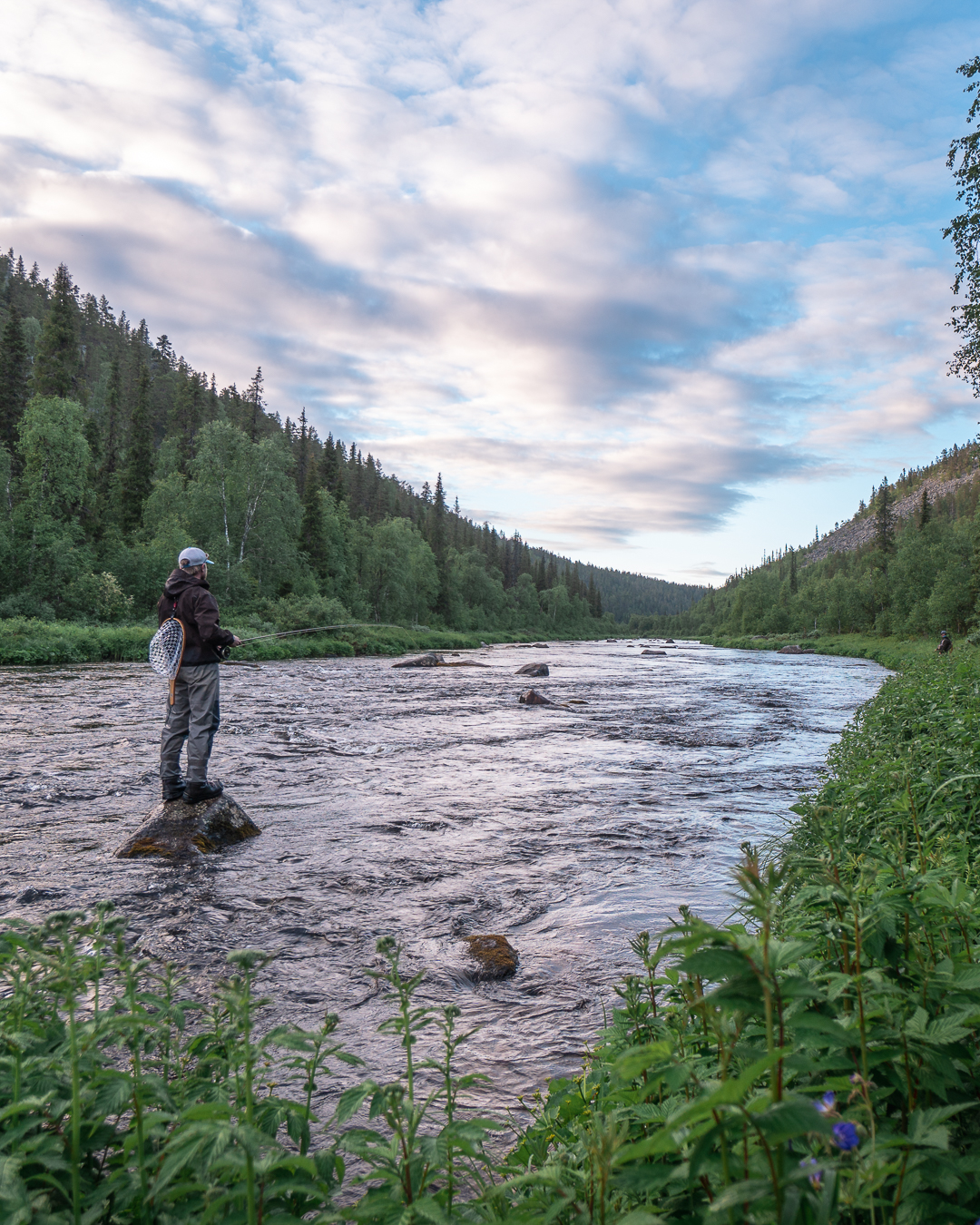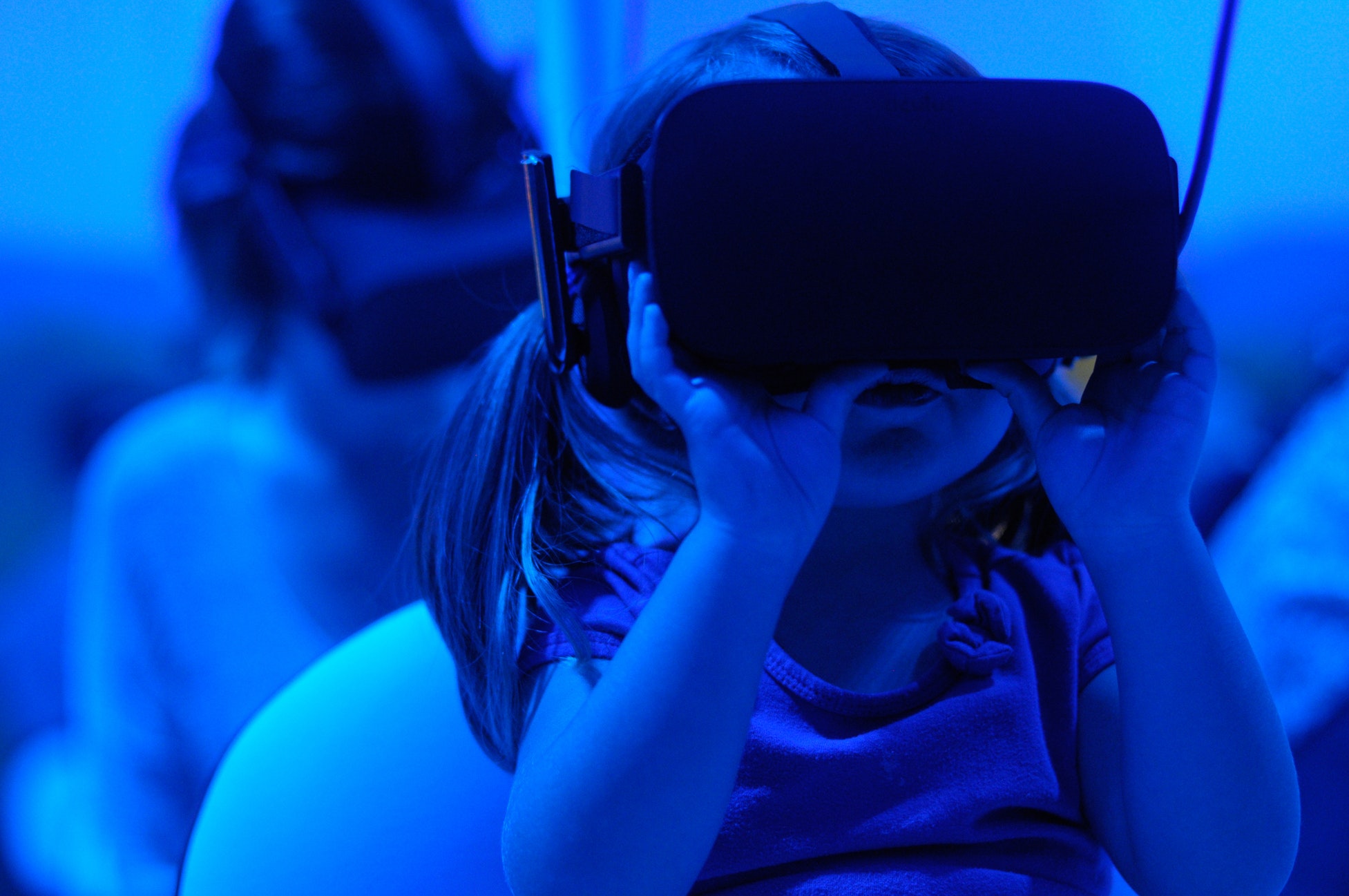
How Ambient Intelligence can bring value to travel experience?
It is almost a norm in science fiction movies that doors open automatically, rooms know when you are about to enter, and coffee machines can predict when it is time for a hot cuppa. Ambient Intelligence has been a concept for a long time, but only through recent technological advancements, it has become a real […]

